Key Differences between the CH-100 and PC-66 Pulse Oximeter
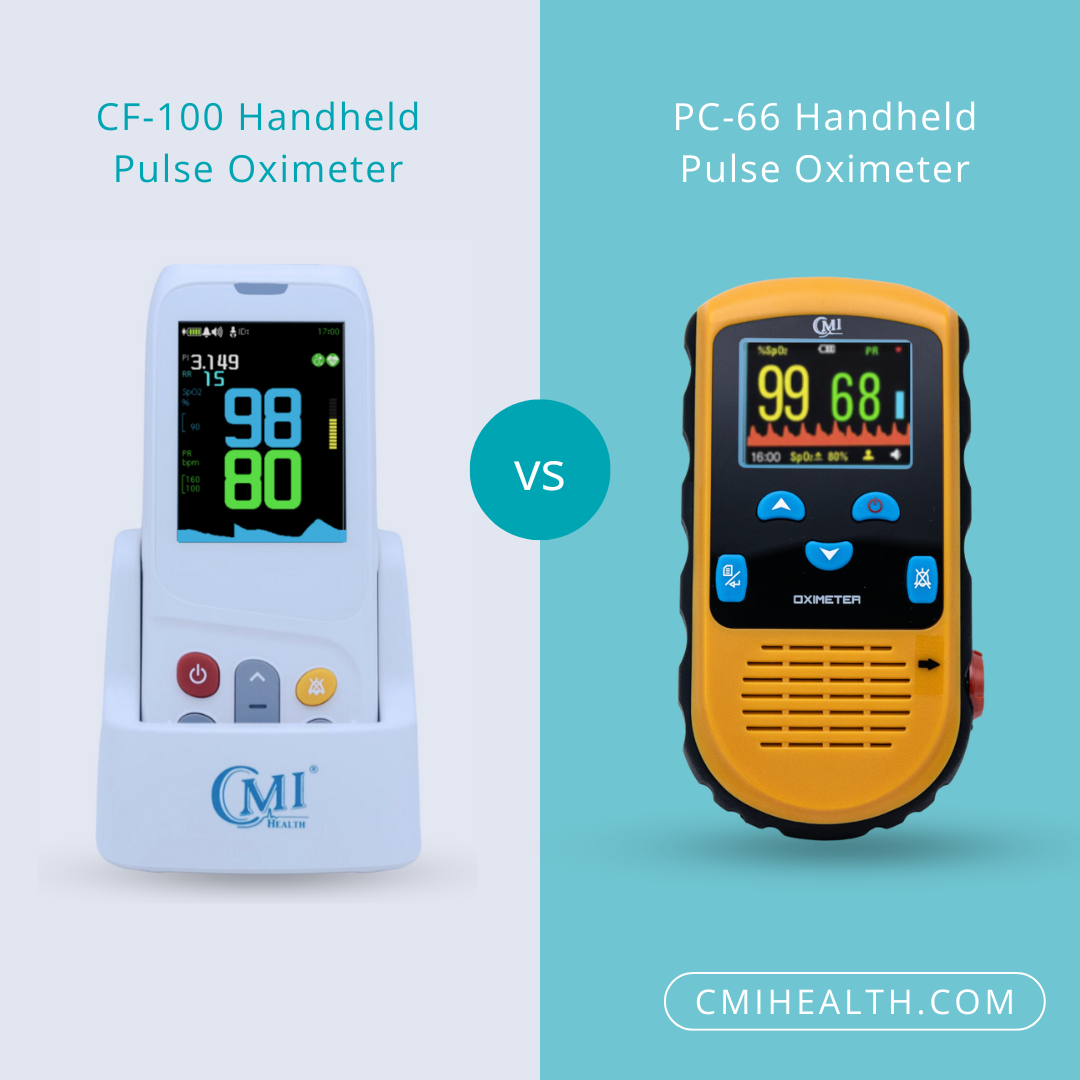
Pulse oximeters have long been an essential tool for monitoring oxygen saturation (SpO2), pulse rate (PR), and other health metrics, especially for those with chronic conditions like COPD, asthma, or heart disease. CMI Health’s new CH-100 Pulse Oximeter takes things to the next level with advanced features and enhanced reliability, compared to its predecessor, the PC-66 oximeter.
In this blog, we’ll compare the two models to help you understand what sets the CH-100 apart.

1. Respiration Rate (RR) Monitoring
The CH-100 goes beyond basic pulse oximetry by including Respiration Rate (RR) monitoring. This feature provides real-time data on how many breaths you’re taking per minute, which is especially useful for managing respiratory conditions like COPD, asthma, or sleep apnea. With ±2 breaths per minute accuracy, you can get a better picture of your lung health.
The PC-66, on the other hand, does not have RR monitoring, so it falls short for users looking to track their breathing patterns.
2. User Interface
Touch Screen vs. Buttons The CH-100 introduces a 3.2-inch touchscreen, providing an intuitive and user-friendly interface for easier navigation. Whether you’re checking your SpO2, pulse rate, or respiration rate, the touchscreen allows for quick adjustments and settings changes.
In contrast, the PC-66 uses physical buttons, which can sometimes feel less responsive, especially for users with limited dexterity or those looking for a more streamlined experience. The CH-100’s touchscreen offers a more modern, efficient solution.
3. Advanced Sensor Technology
The CH-100 features advanced sensor technology, providing more reliable and precise readings. This enhanced technology ensures that the device works well even under challenging conditions, such as when temperature or perfusion index is low.
The PC-66, while reliable, does not benefit from this advanced technology, meaning it may struggle to provide consistent readings under certain conditions.
4. Faster and More Sensitive Performance
The CH-100 is faster and more sensitive than the PC-66, delivering results in just 4 seconds. It also has the ability to perform under lower perfusion index (PI) levels, down to 0.075%—a feat the PC-66 and most other oximeter brands can’t achieve. This makes the CH-100 a far more reliable choice for those with lower blood flow or more challenging conditions.
5. Data Accuracy
The CH-100’s advanced sensor technology delivers enhanced data accuracy with measurements within ±2% for SpO2 and ±2bpm for pulse rate, across all skin tones. In comparison, the PC-66 offers SpO2 and pulse rate accuracy within ±3% and ±2bpm, making the CH-100 a more precise choice for reliable health monitoring.
6. Sensor Compatibility
Because the CH-100 incorporates advanced sensor technology, it is not compatible with the sensors used by the PC-66. While this may seem limiting, it’s a necessary upgrade to ensure the highest accuracy and reliability across all skin tones and conditions.
In comparison, the PC-66’s sensors work within a different software algorithm but both models provide sensor options for all age groups.
7. Accuracy Across Skin Tones
According to the NIH, most oximeters on the market today still have accuracy problems with darker skin tones – a significant upgrade in the CH-100 is its ability to offer consistent accuracy across all skin tones and skin conditions. This enhanced sensitivity is crucial for precise metrics. This is particularly important for diverse populations, ensuring that everyone gets reliable health readings, regardless of skin tone.
8. Anti-Motion Technology
The CH-100 features anti-motion technology, which ensures precise readings even if you move slightly during the measurement process. This is a particularly valuable feature for users who need to take readings on the go or while engaging in physical activity (NIH).
9. Dual Power Options
The CH-100 offers dual battery and rechargeable power options, with a charge lasting 7 to 10 hours for continuous use. In comparison, the PC-66 provides either rechargeable or battery power in separate devices, with a charge that also lasts around 10 hours, offering less flexibility for users.

Final Thoughts: Why Upgrade to the CH-100?
While the PC-66 is still a reliable and functional pulse oximeter, the CH-100 takes health monitoring to the next level. With new sensor technology, accurate measurements even with low perfusion, and the addition of Respiration Rate (RR) tracking, the CH-100 provides a more comprehensive, user-friendly health monitoring experience.
→ Learn more about the CH-100 Handheld Pulse Oximeter at https://www.cmihealth.com/products/ch-100
→ See how our best-selling medical devices can help you today https://www.cmihealth.com/pages/products
Have any questions about our products or just want to chat? Feel free to email us at info@cmihealth.com or call at 888-985-1125 (ext. 1).




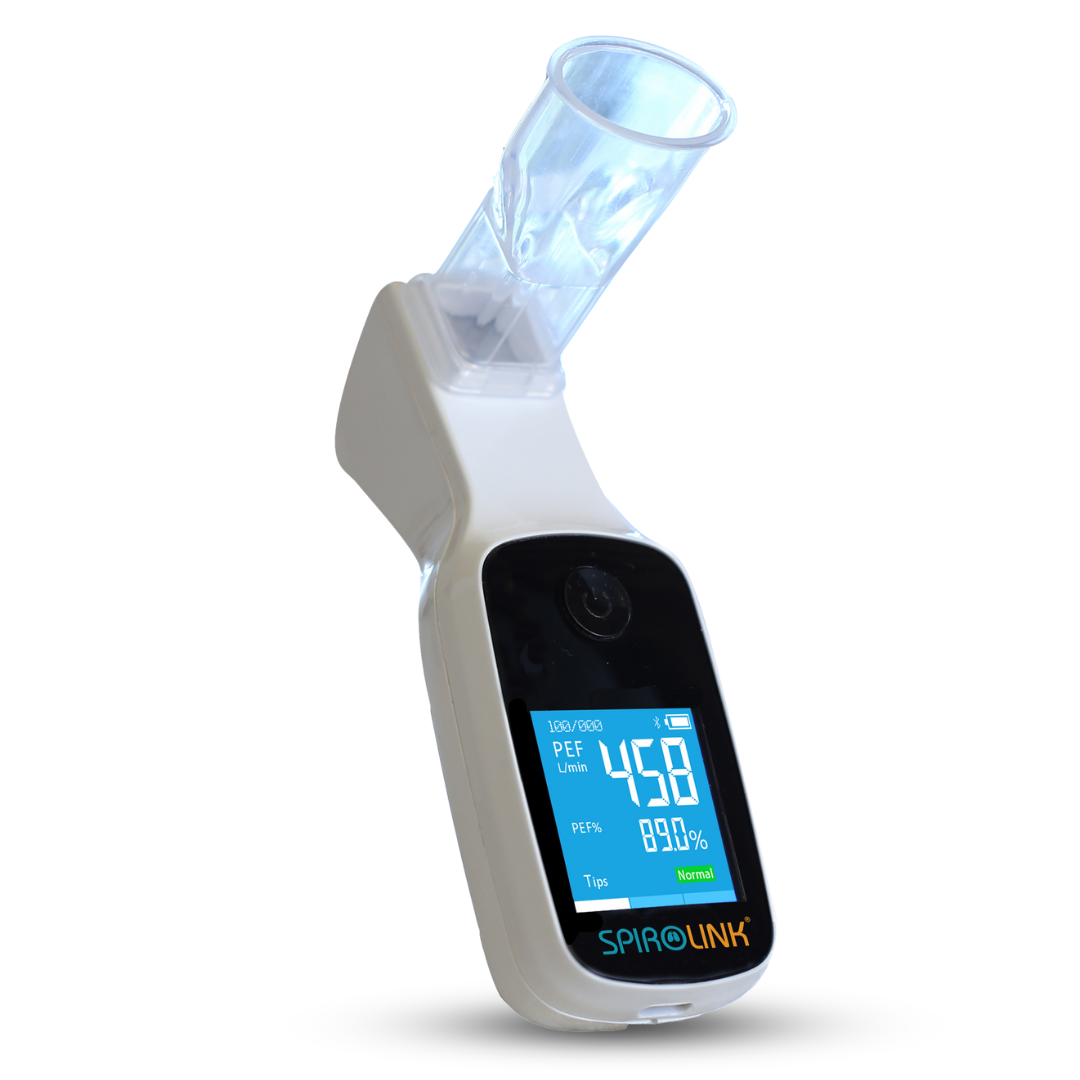
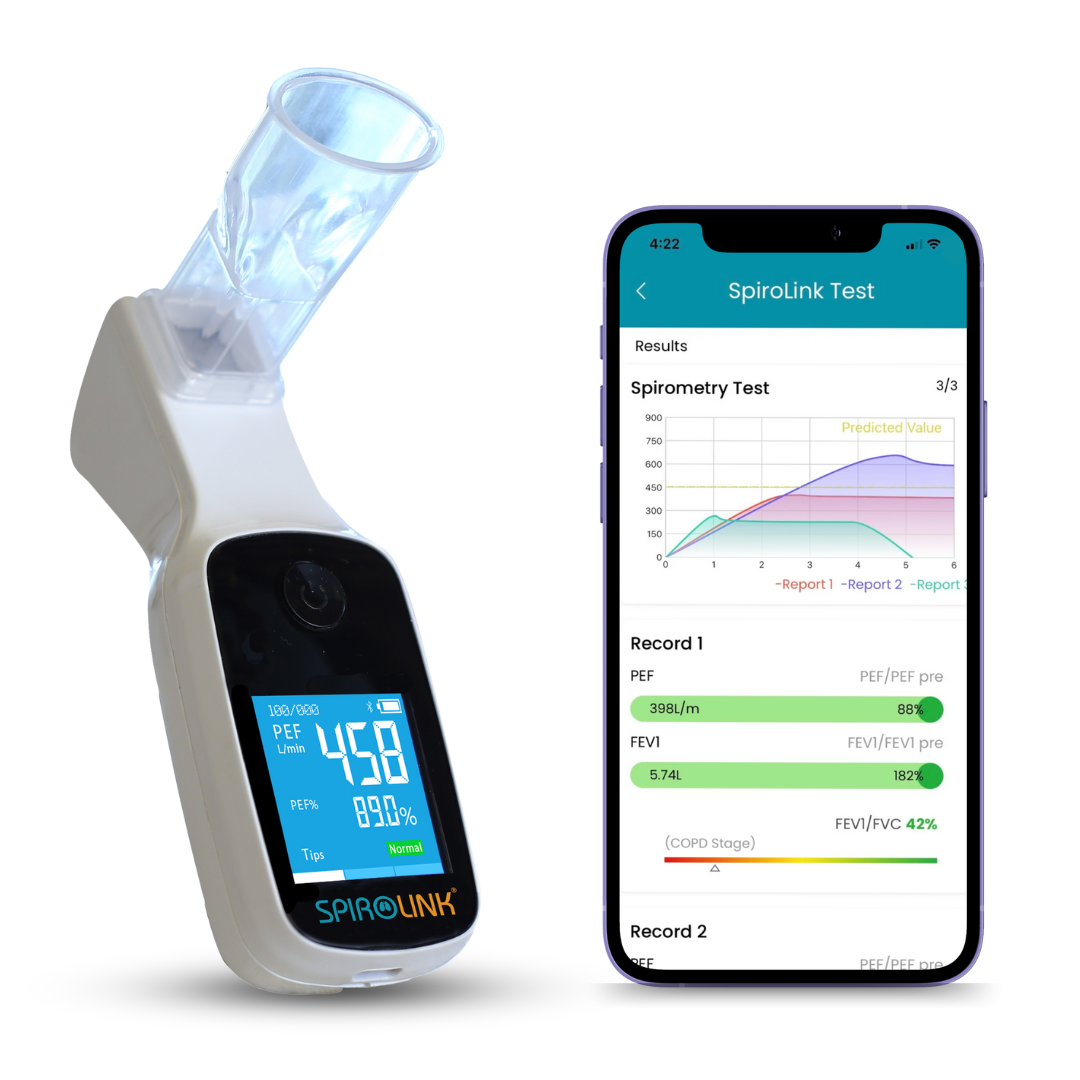
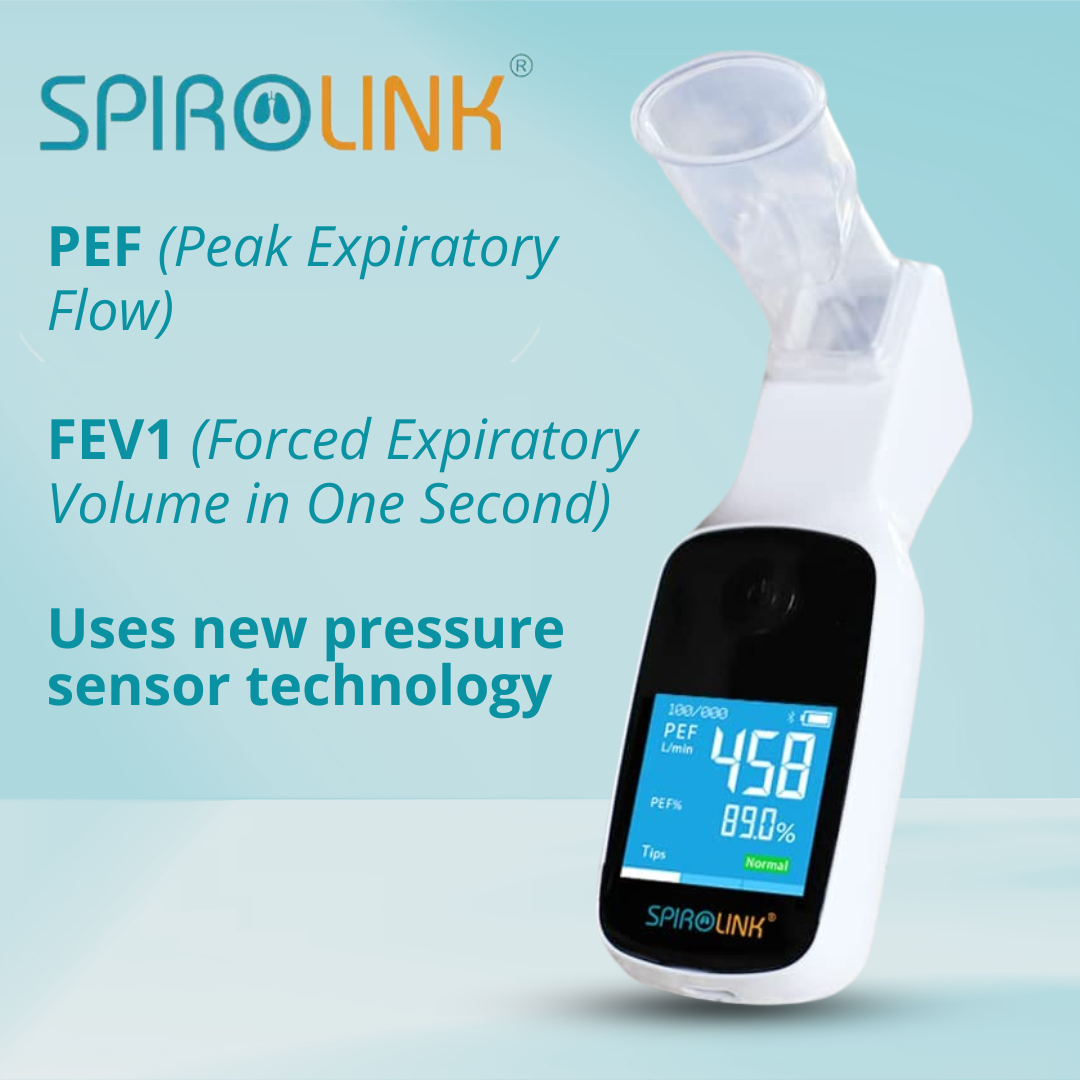
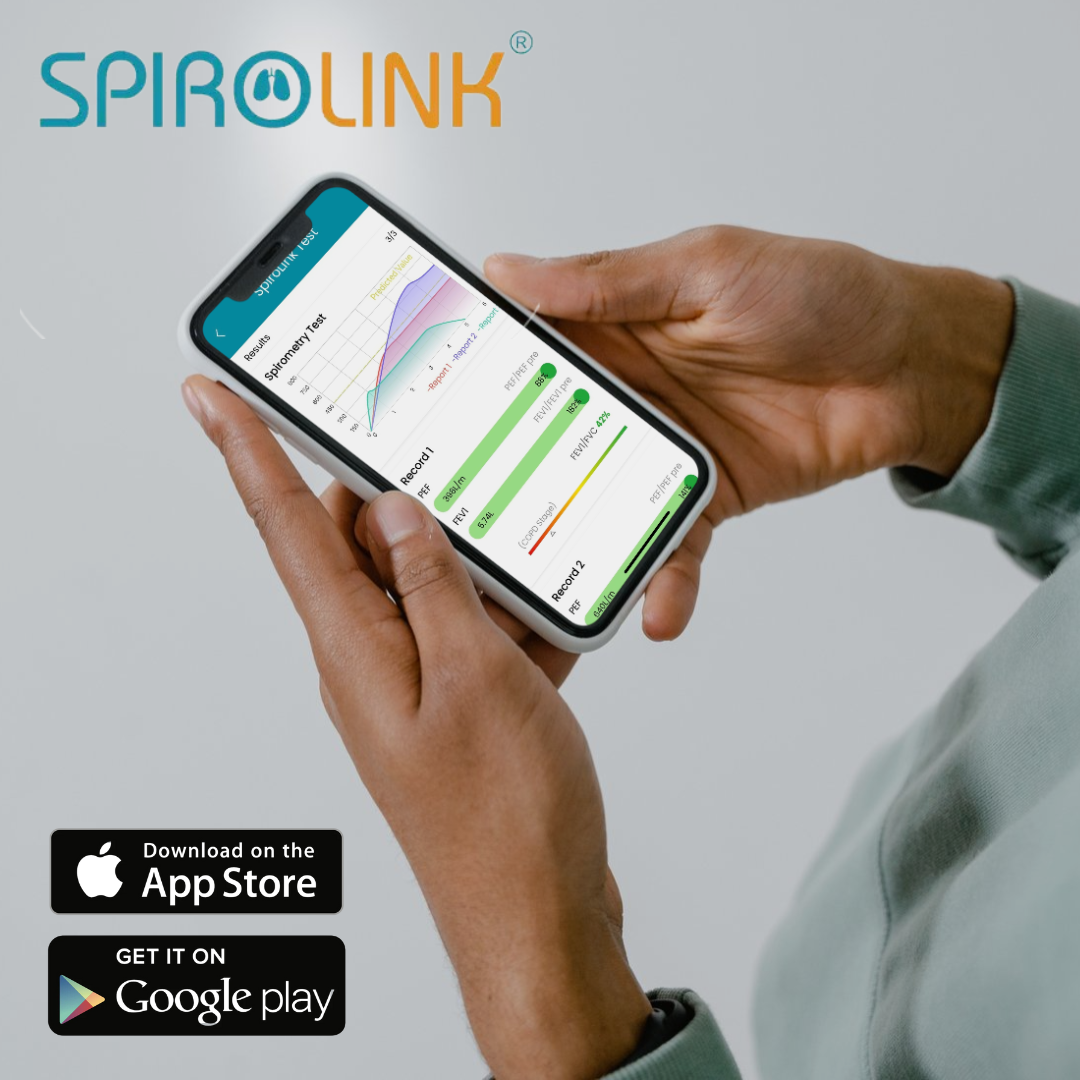
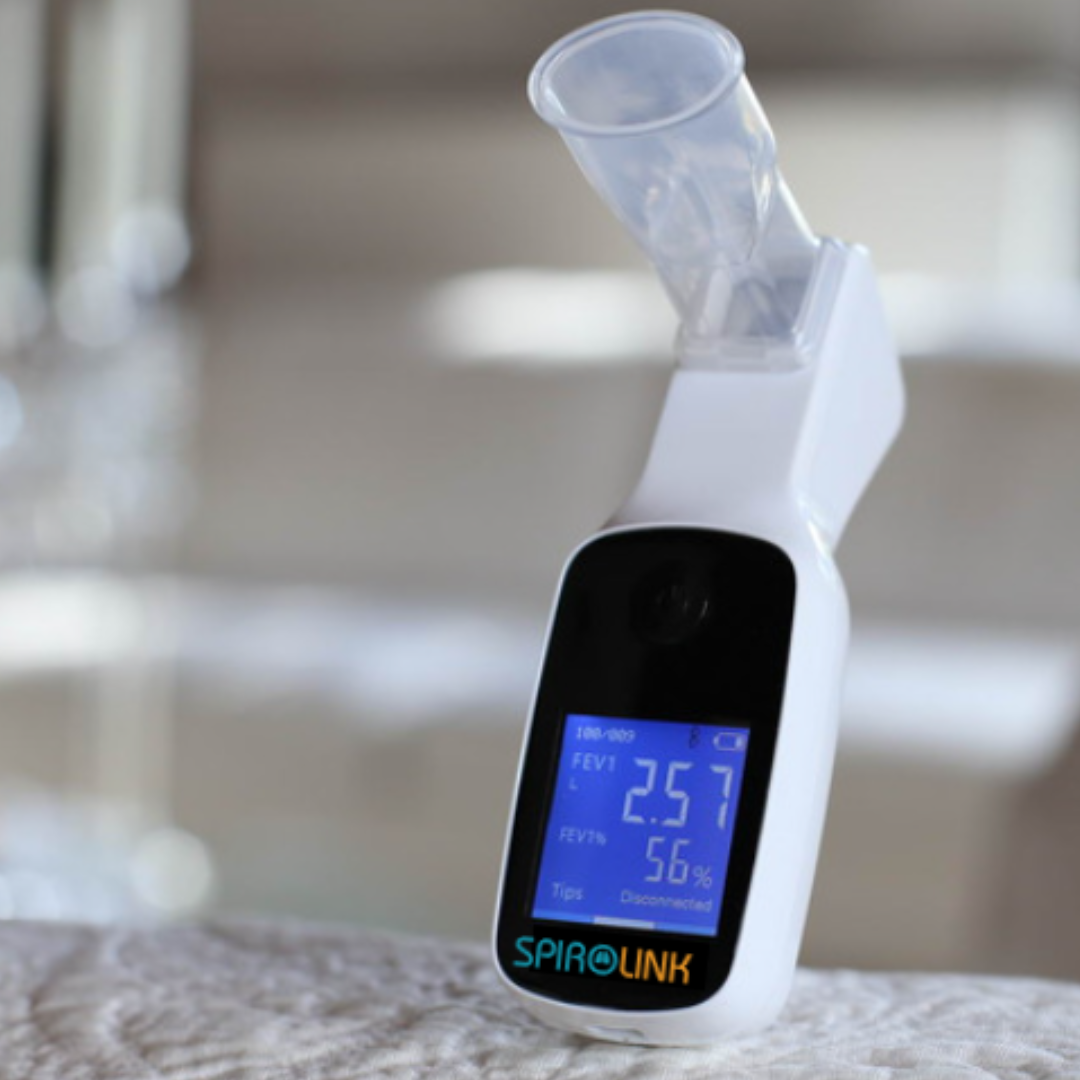
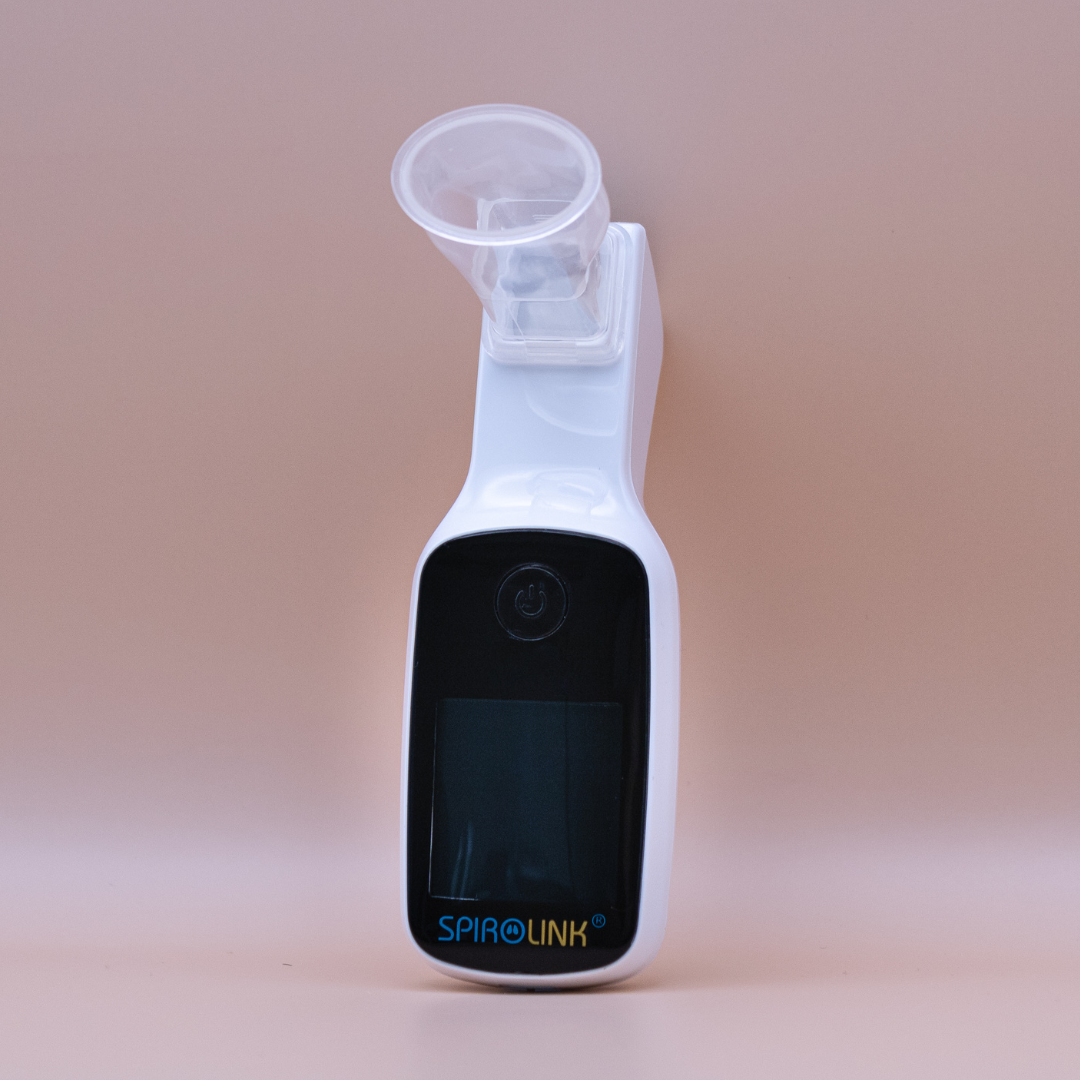

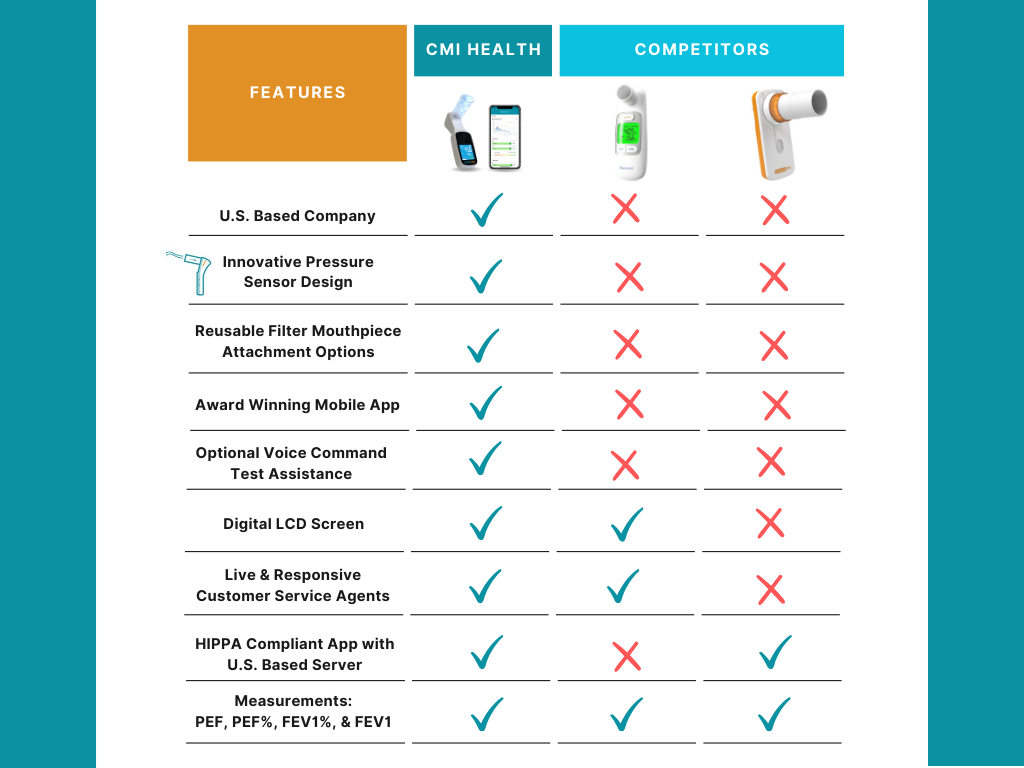
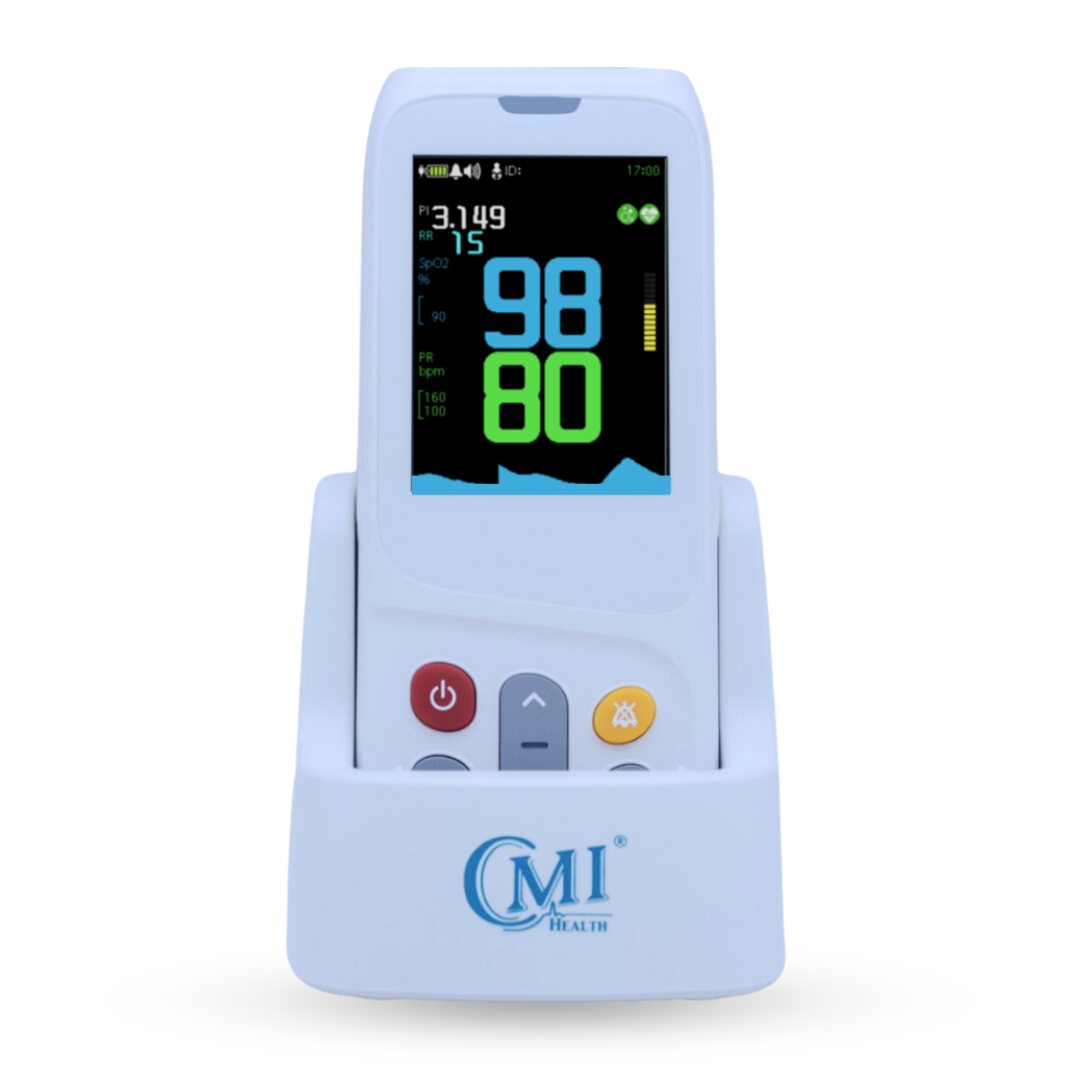
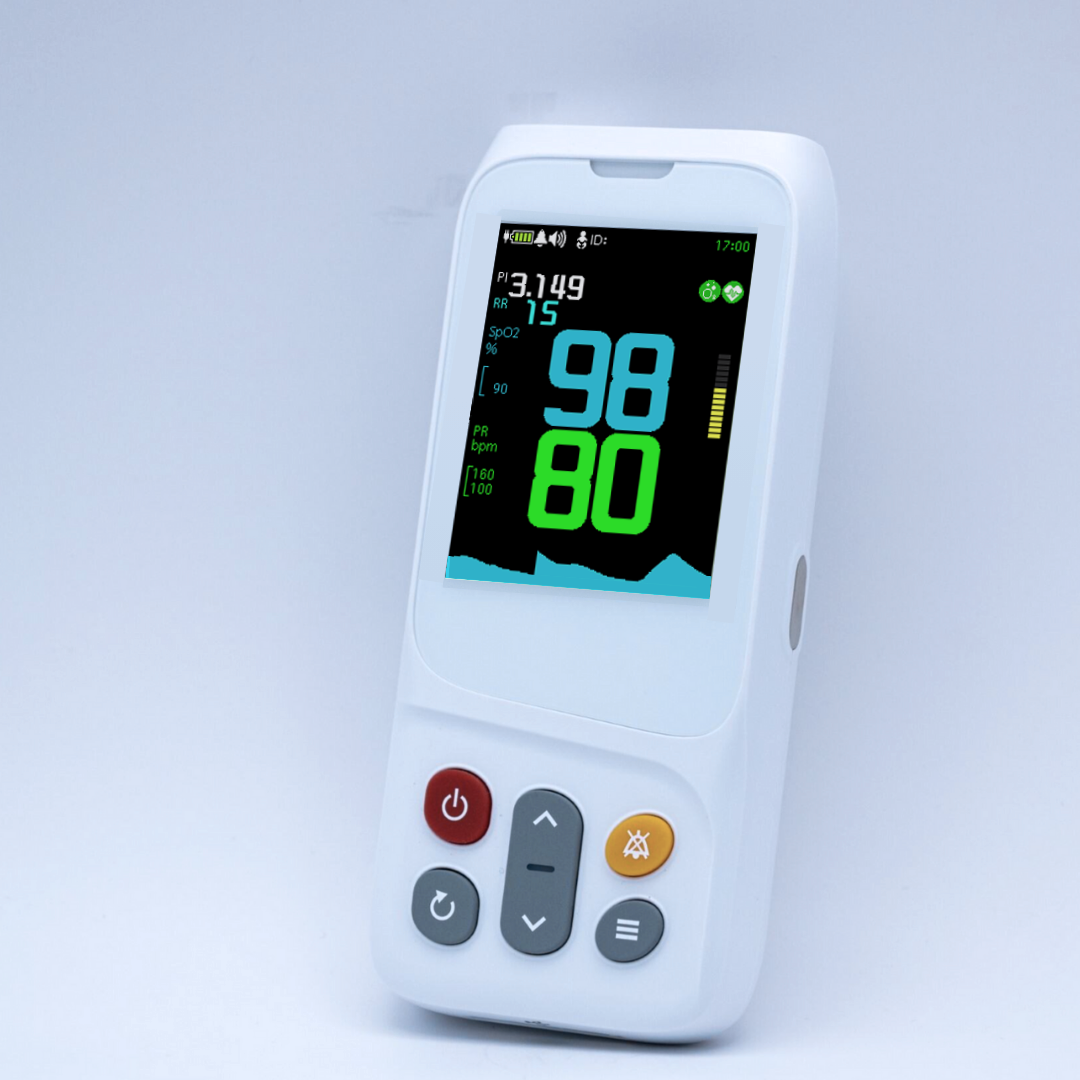
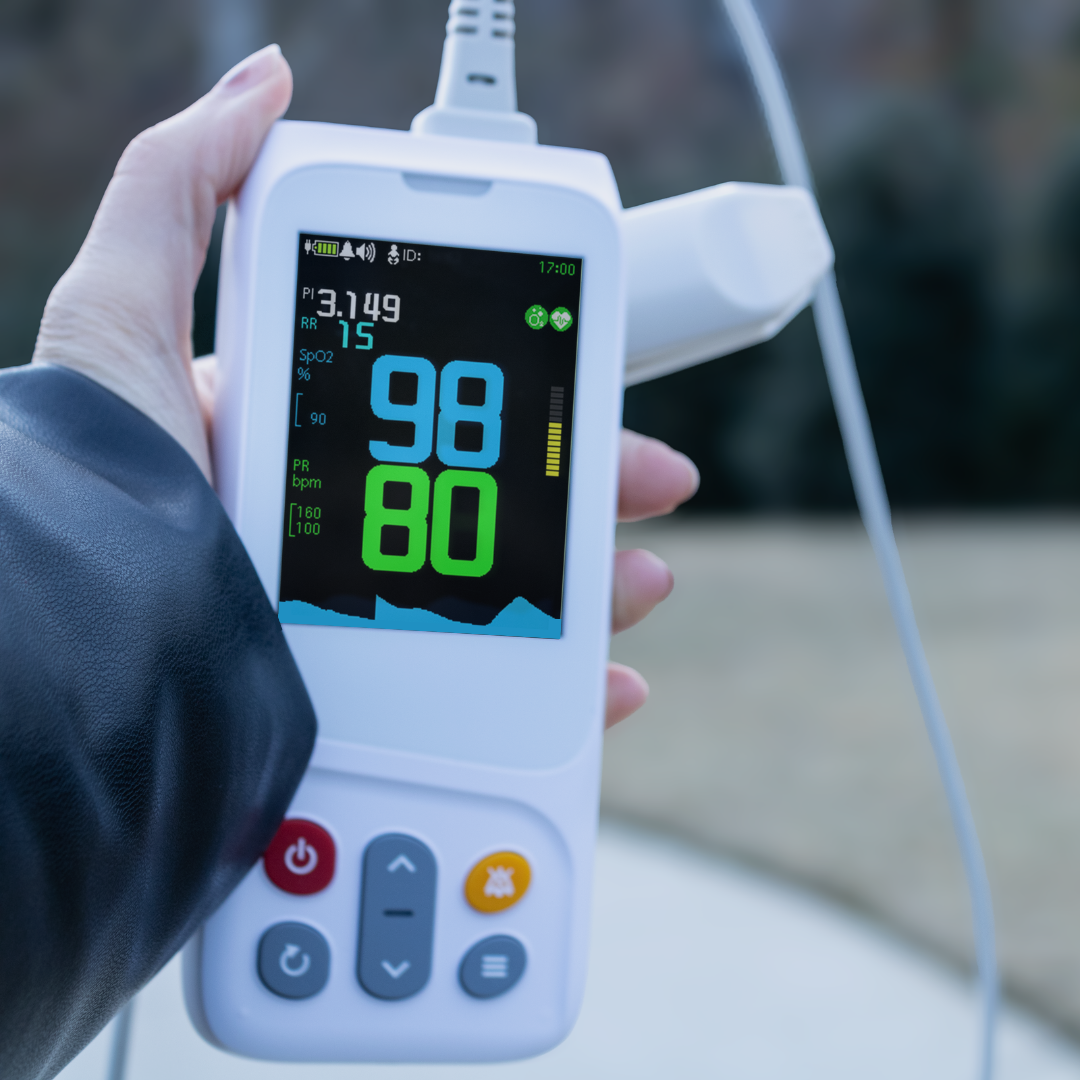
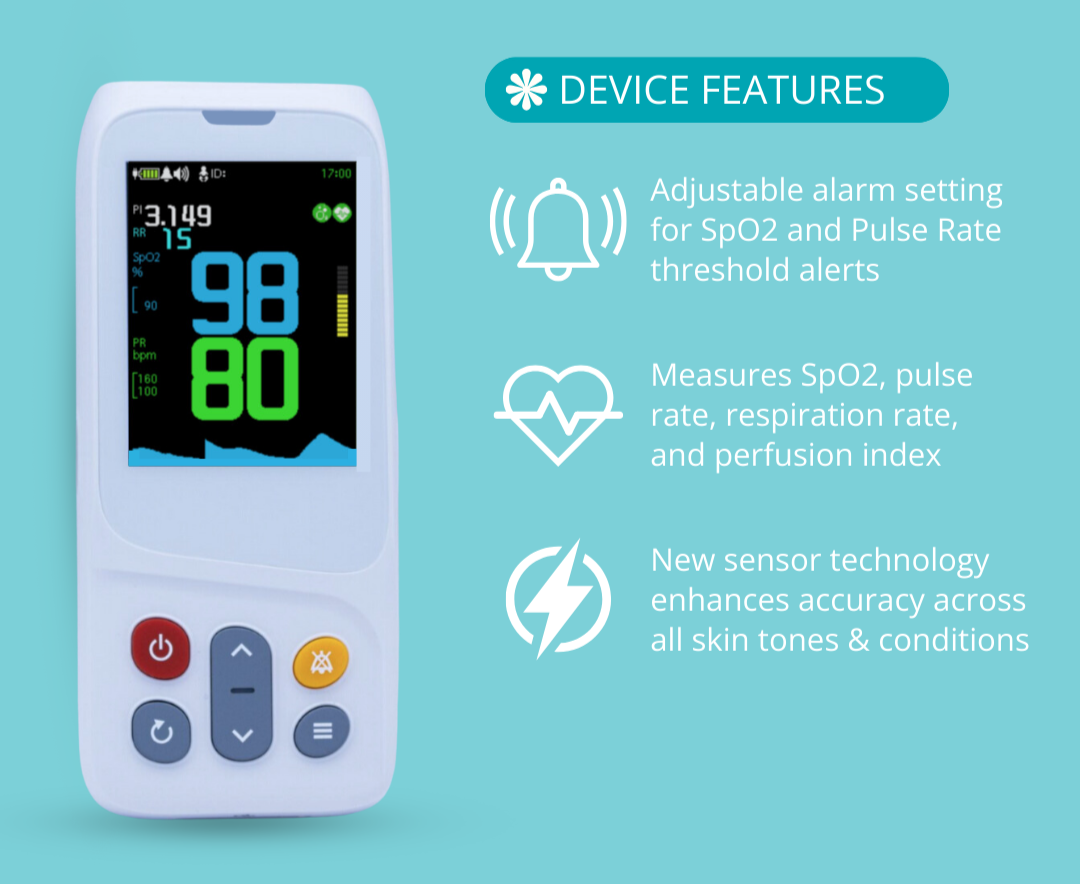
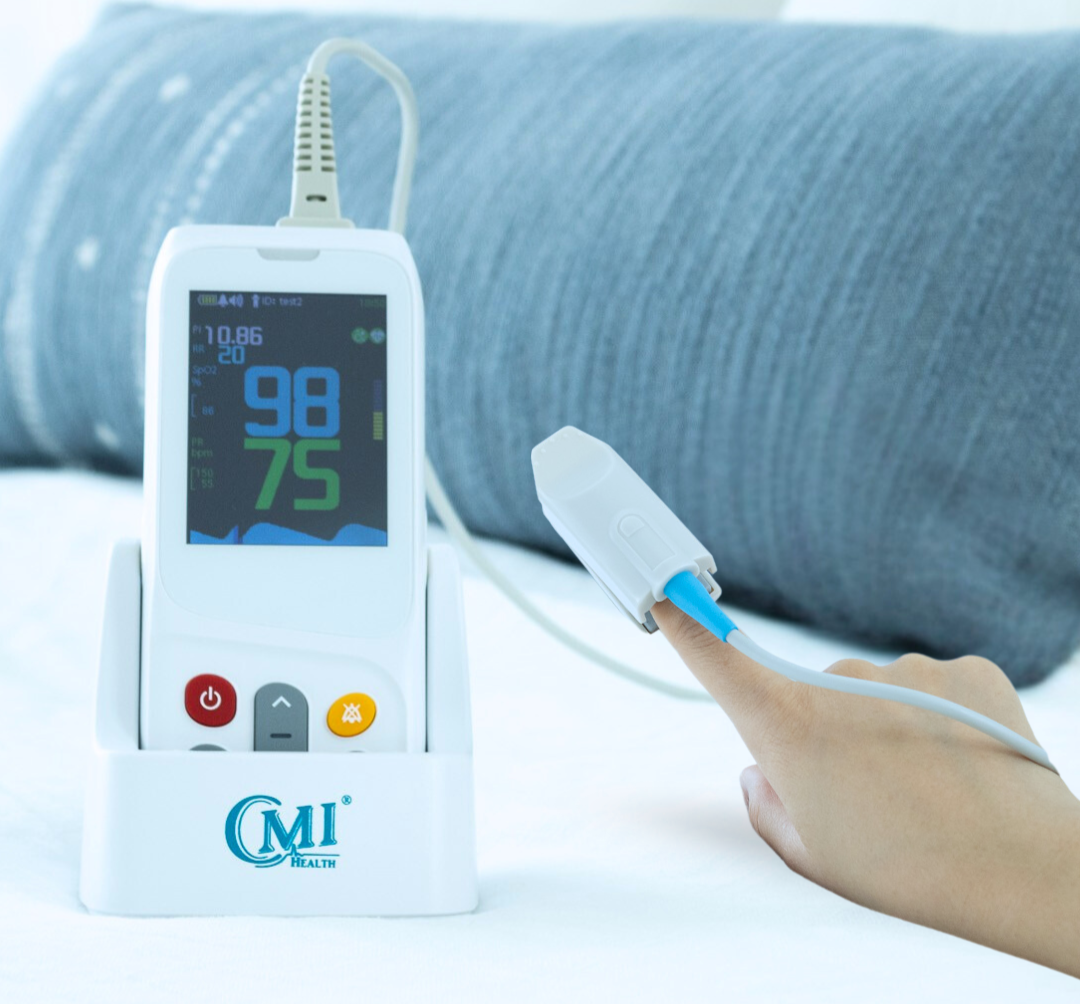
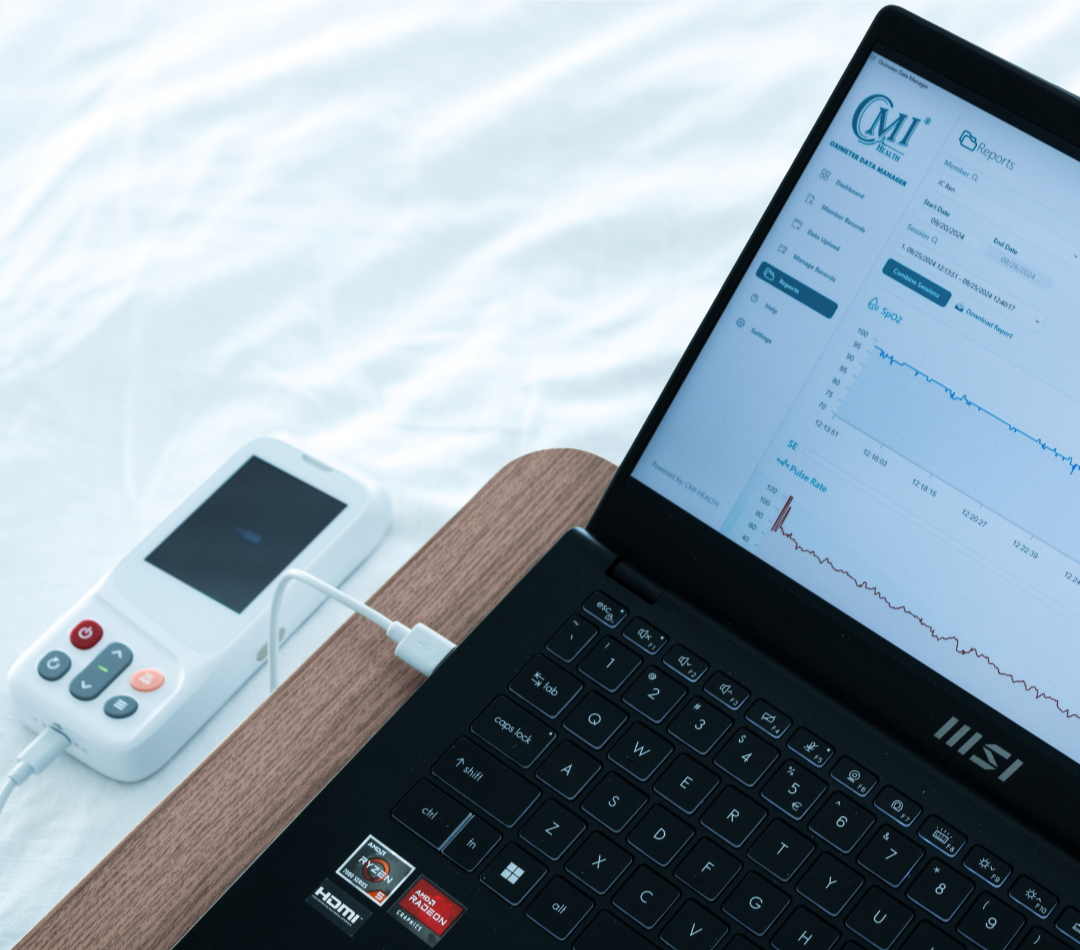
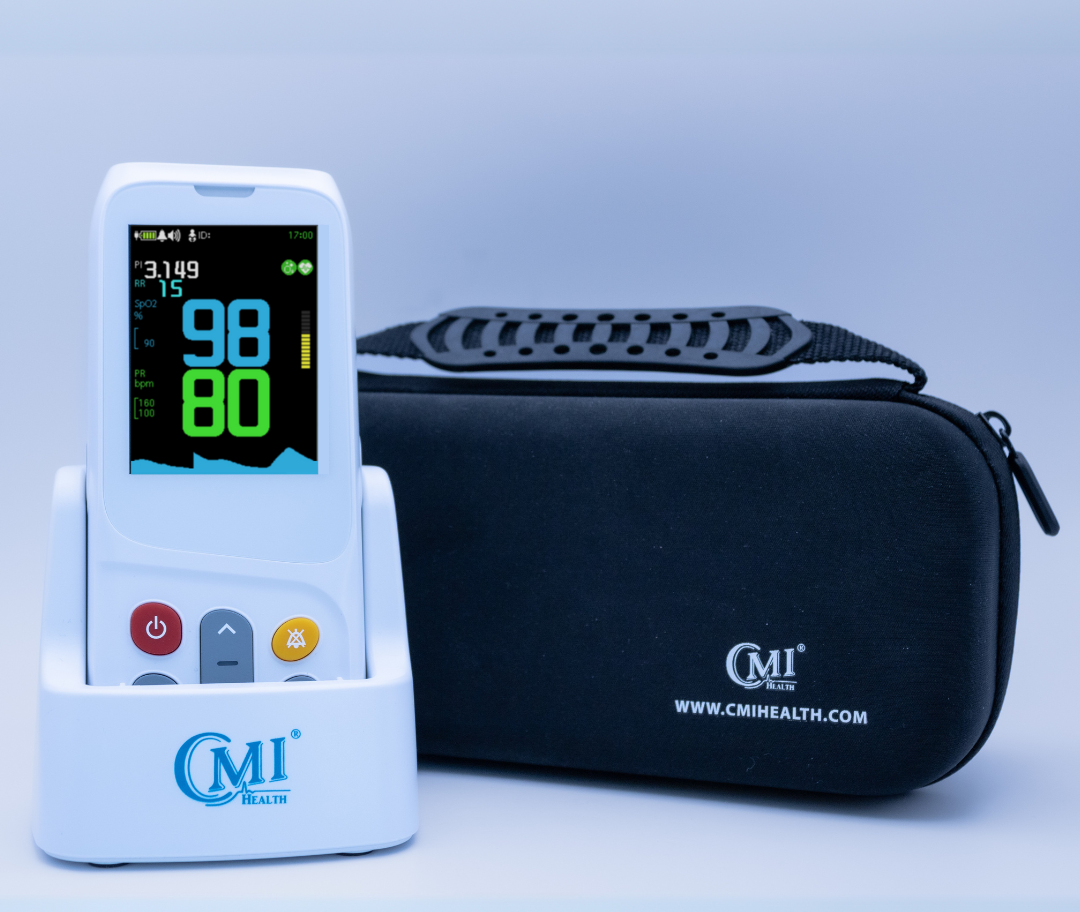
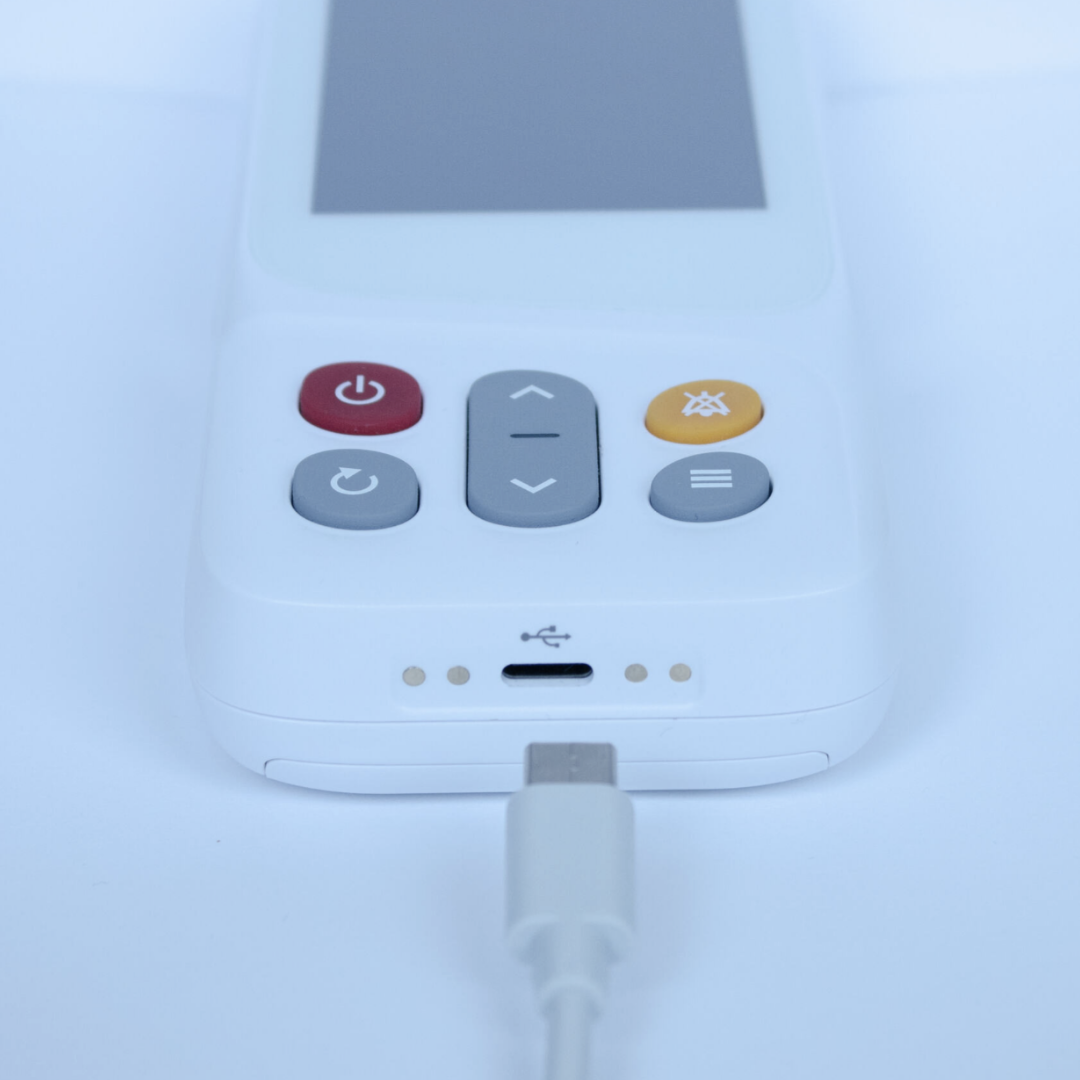
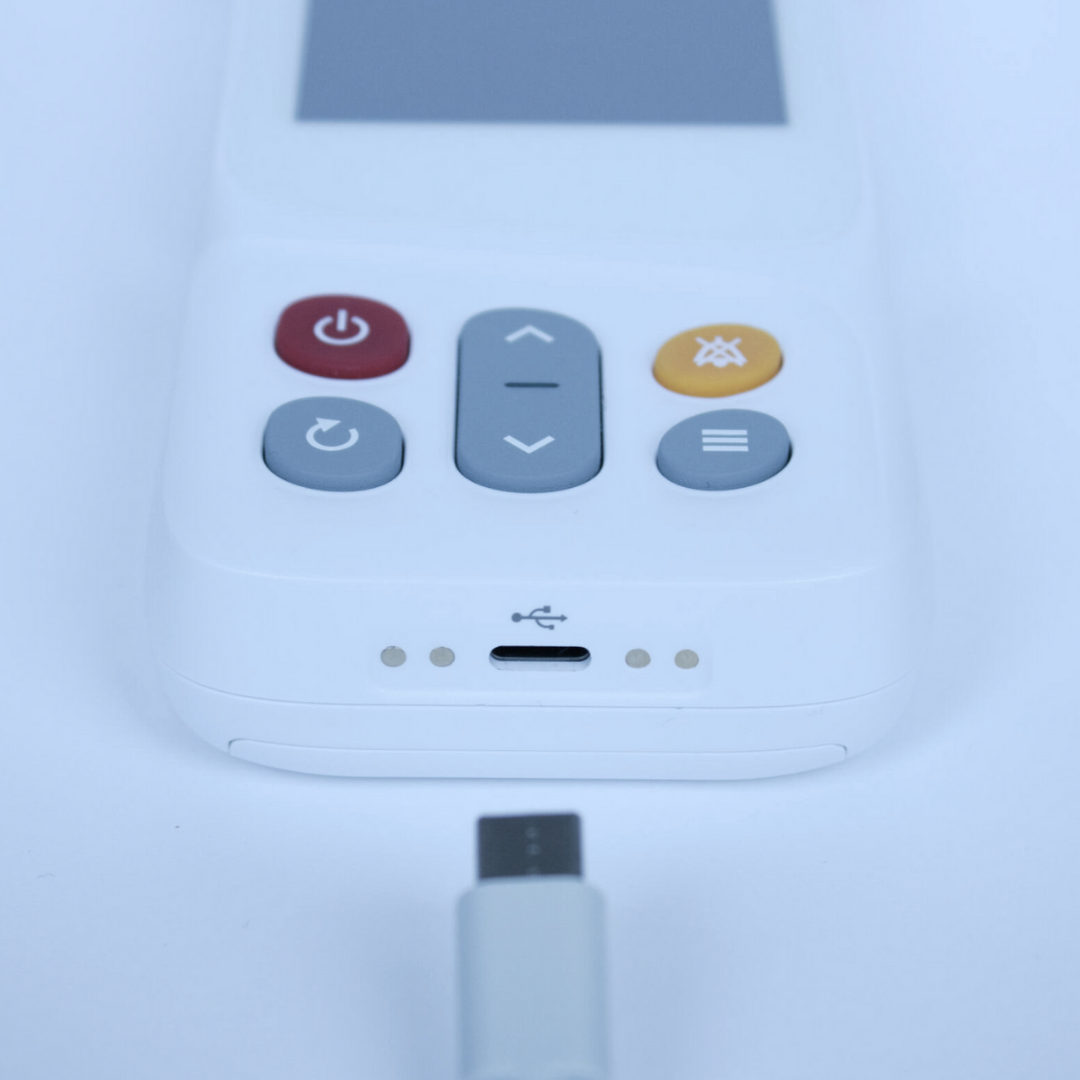
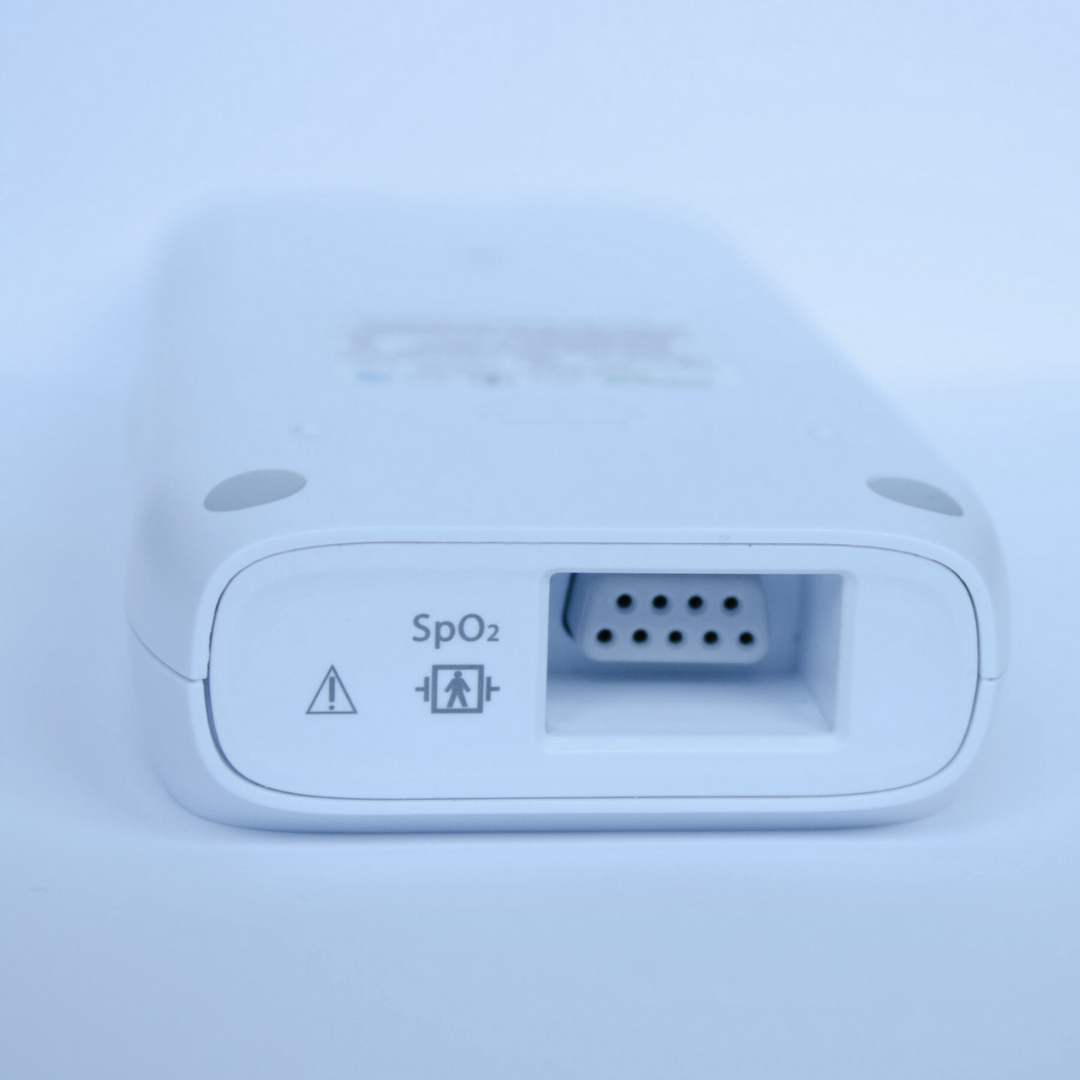
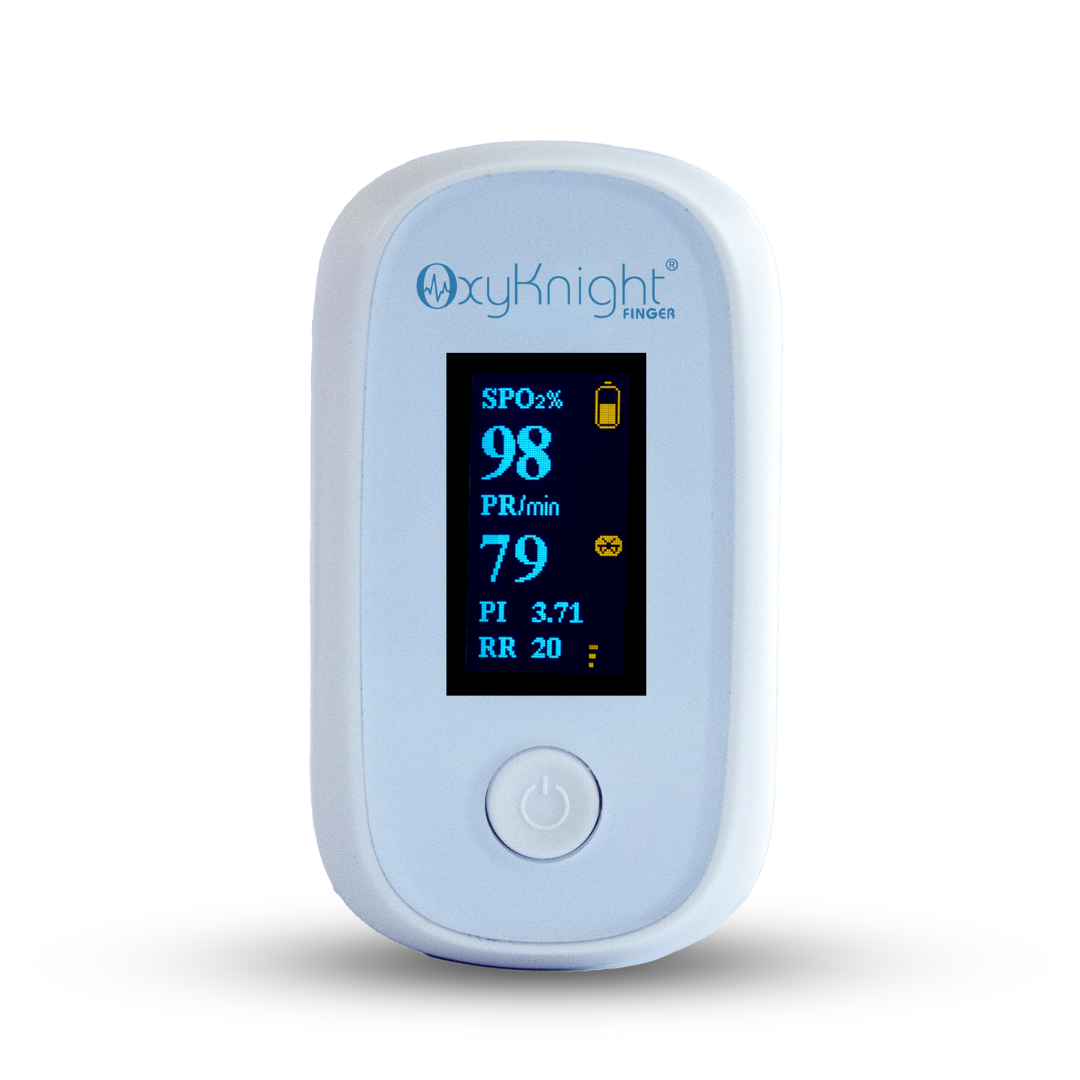












Leave a comment